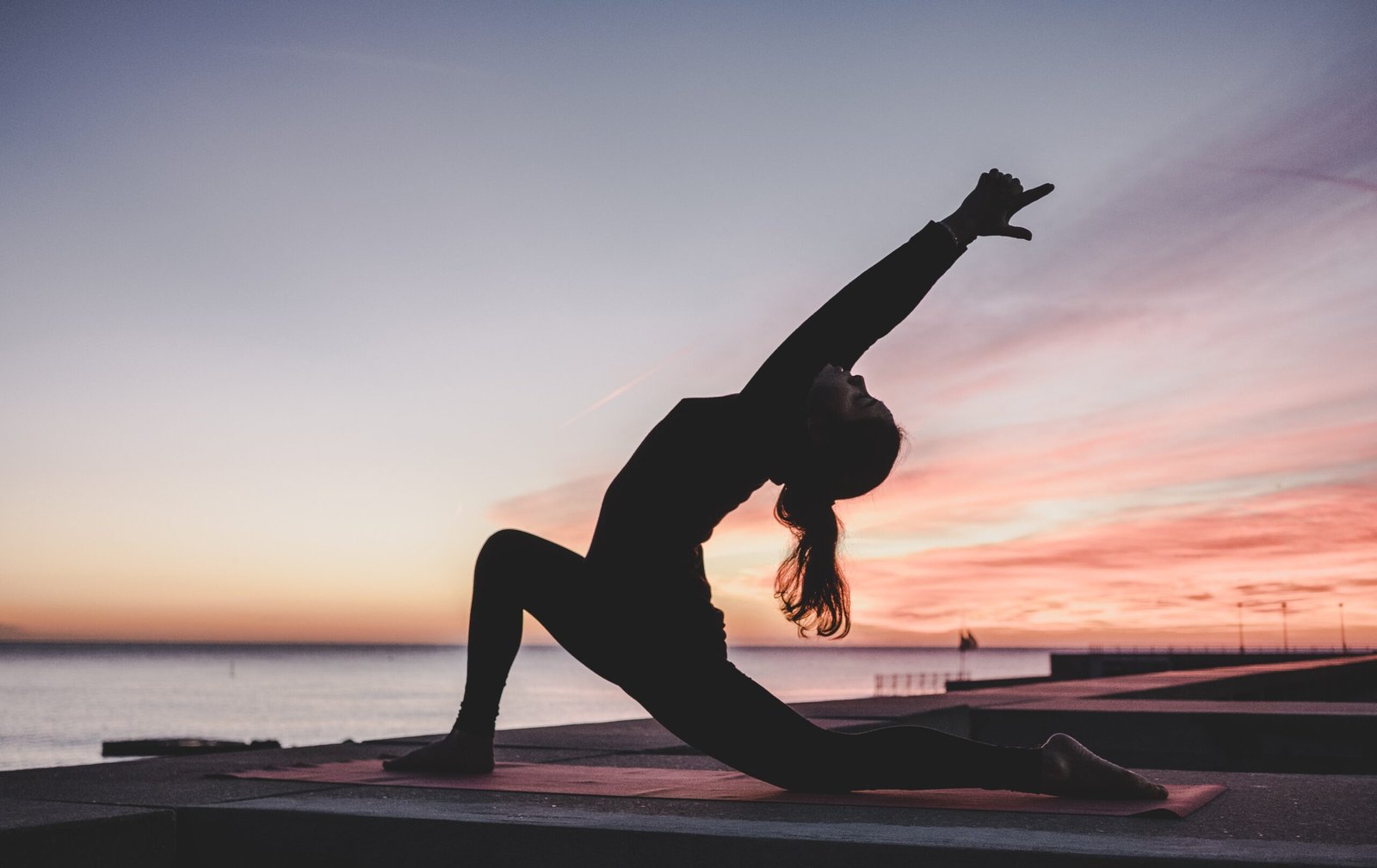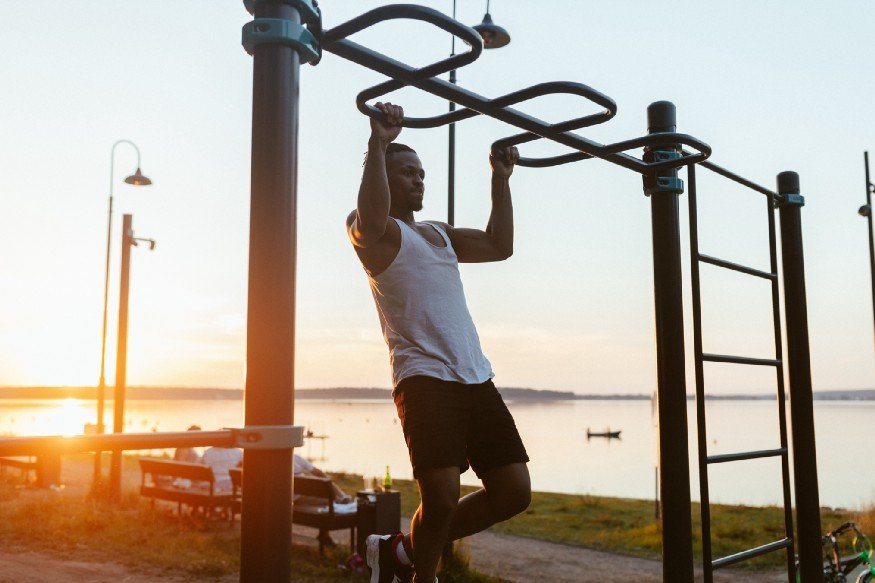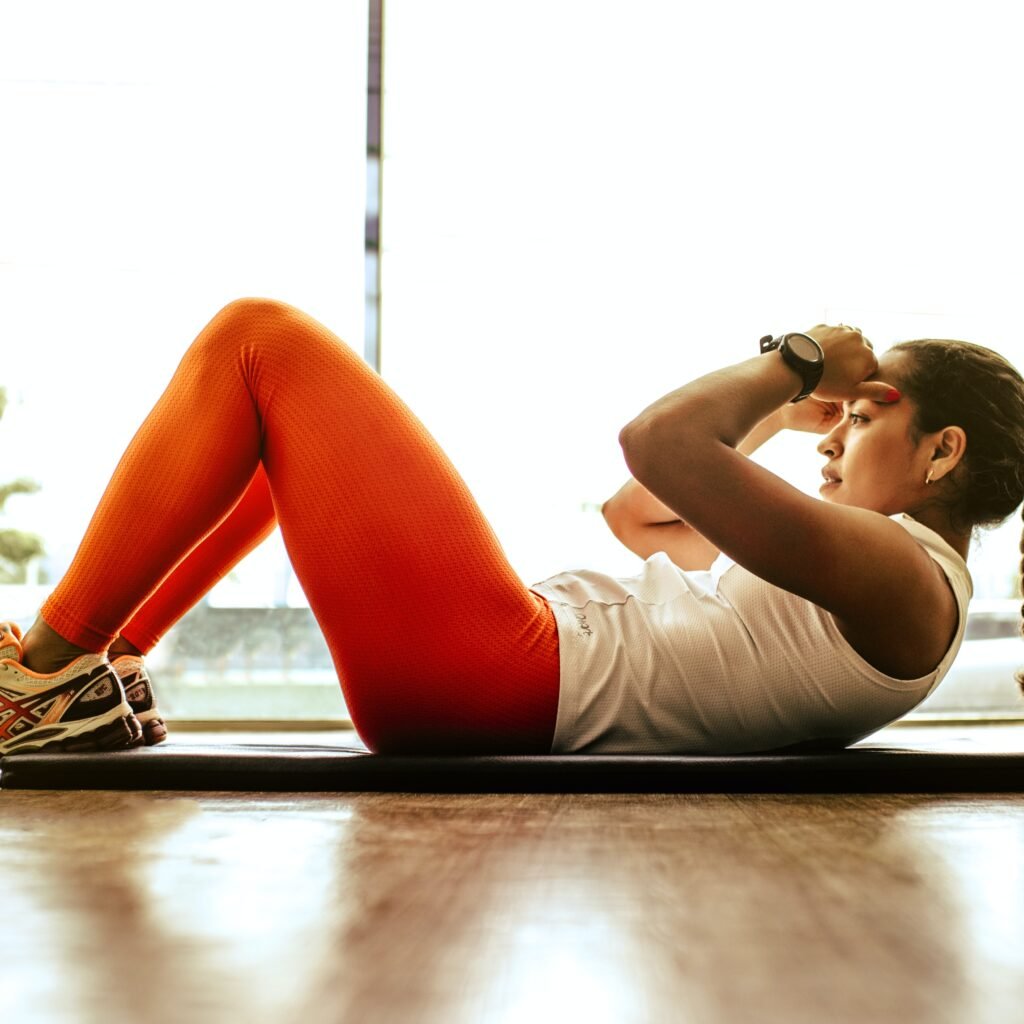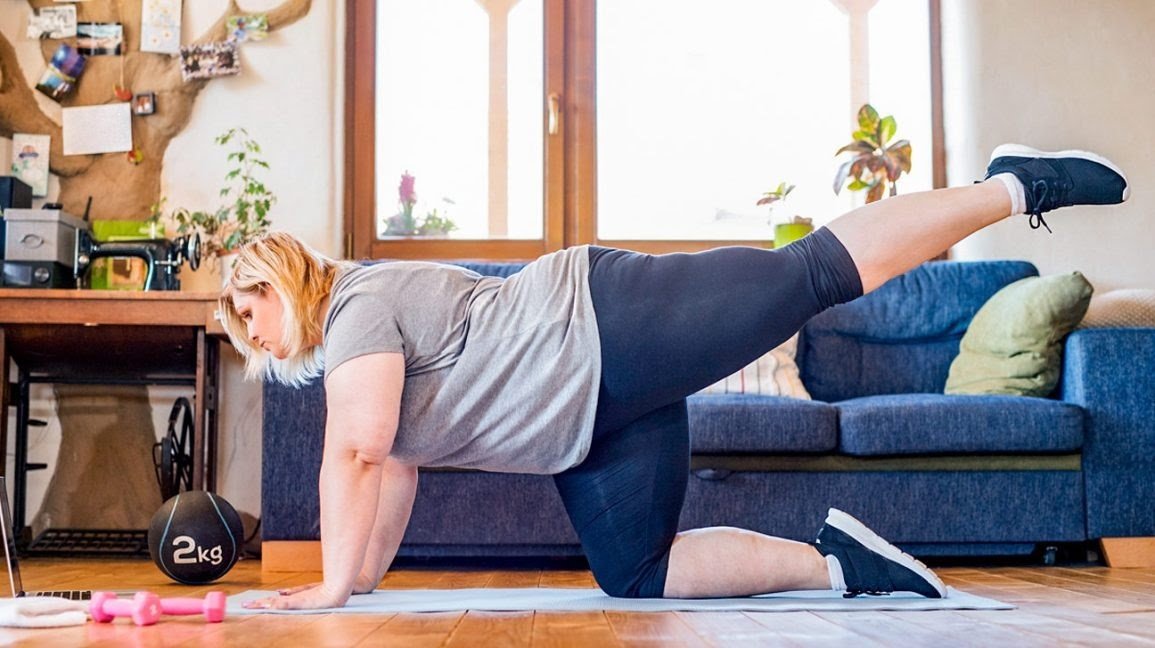When you wake up in the morning, movement may not be your first priority. But starting your day with a walk – whether it’s around your house or on your way to work or school – can provide your body with many health benefits.
Here are 6 reasons why you can start your day in a few steps. There are also some tips to incorporate it seamlessly into your daily routine.
1. Boost your energy
Starting your day with a walk will make you feel more energized throughout the day. If you walk outdoors, that’s especially true.
Studies have shown that people who walk outside the house for 20 minutes experience more vitality and energy than those who walk only under the house for 20 minutes.
A small study found that 10 minutes of stair walking is more energizing than a cup of coffee for women who feel sleep deprived.
The next time you need morning energy or when you feel tired in the morning, you can try a walk.
2. Complete your physical activity for the day
One benefit of taking a morning walk is that you’ll have completed your physical activity for the day — before any other family, work, or school obligations discomfort you.
The Physical Activity Guidelines for Americans recommend that healthy adults should engage in at least 150 to 300 minutes of moderate-intensity exercise per week.
To fulfill these requirements, try to wake up every morning in the week for a walk.
3. It can help you lose weight
Taking a walk in the morning can help you achieve your weight loss goals. Running for 30 minutes at a moderate pace can burn up to 150 calories.
With a healthy diet and strength training, you can lose weight.
4. Prevent or control health conditions
Walking can provide many benefits for your health, including boosting your immunity, as well as helping you prevent and manage a variety of health conditions.
Studies show that walking 30 minutes a day can reduce the risk of heart disease by 19 percent. If you are living with diabetes, walking can help lower your blood sugar levels.
It can also help prolong your life and reduce the risk of serious diseases like heart disease and certain cancers.
5. Strengthen muscles
Walking strengthens your leg muscles. For best results, walk at a moderate to brisk pace. Try changing up your routine by going up stairs, going up and down hills, or walking on an incline on the treadmill.
Incorporate leg-strengthening exercises like squats and lunges once a week for greater muscle tone.
6. Sleep better at night
Walking can help you get a better sleep at night. A small 2017 study found that people between the ages of 55 and 65 were experiencing more difficulty sleeping at night or were living with mild insomnia.
People who exercised in the morning versus evening experienced better sleep at night. More research is needed to determine why exercising in the morning may be better for sleep than exercising at night.
7. Beat the heat
One benefit of walking in the morning in summertime is that you’ll be able to fit in exercise before it gets too hot outside.
Be sure to drink plenty of water before and after exercising to stay hydrated. If necessary, bring a water bottle with you. Or, plan to take a walk along a route with water fountains.
 Cart is empty
Cart is empty 











